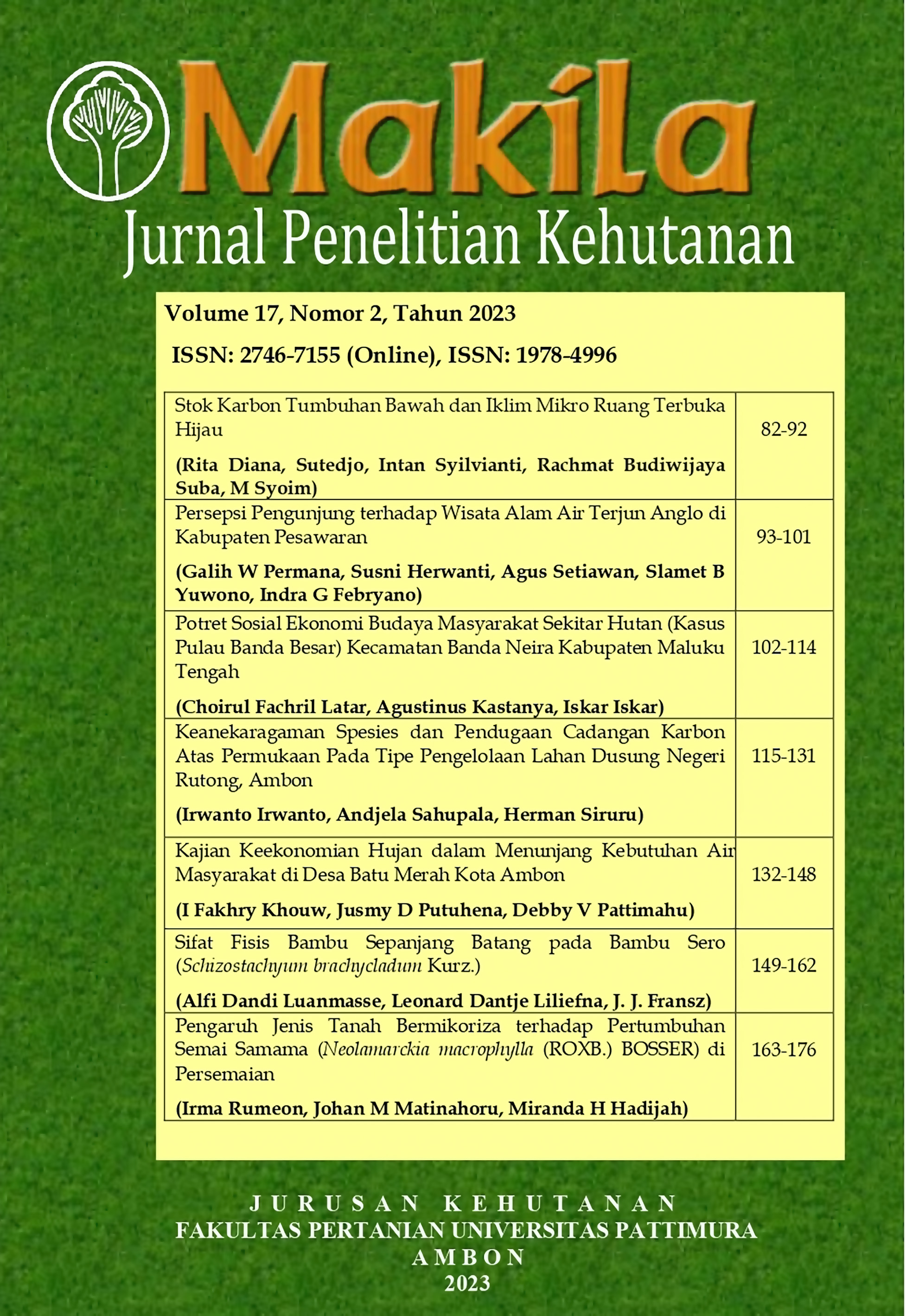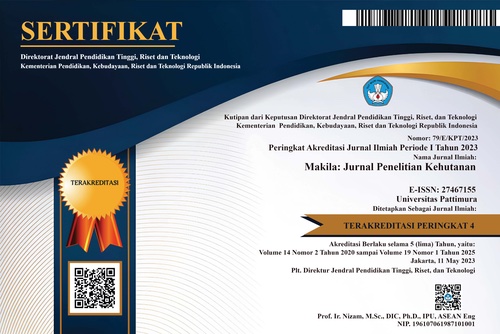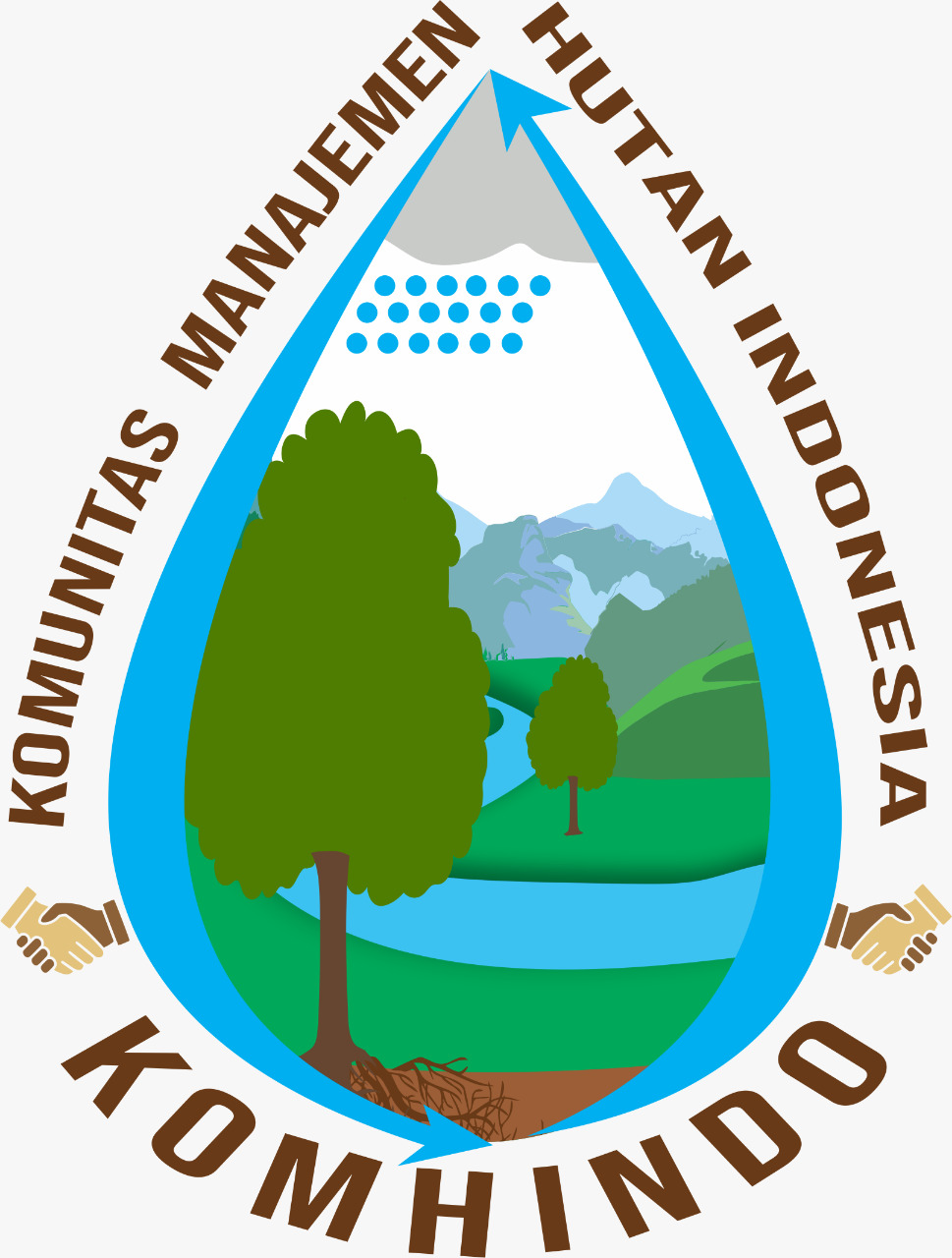PENGARUH JENIS TANAH BERMIKORIZA TERHADAP PERTUMBUHAN SEMAI SAMAMA (Neolamarckia macrophylla (ROXB.) BOSSER) DI PERSEMAIAN
Abstract
Samama (Neolamarckia macrophylla (Roxb.) Bosser) is a type of local Indonesian commercial plant that proliferates, can grow in various types of soil, and spreads evenly naturally in Maluku, Papua, and Sulawesi which has good potential for development. Many soil microorganisms play a role in providing and absorbing nutrients by plants. To support the growth of samama in various types of soil, it is necessary to provide it with beneficial soil microbes, one of which is AMF. This research aims to determine the effect of mycorrhiza from three types of soil (entisol, inceptisol, and ultisol) from the rhizosphere of samama stands on the growth of samama seedlings in the nursery. The research was conducted in the Greenhouse of the Faculty of Agriculture, Pattimura University, Ambon, in June-October 2022 using a non-factorial completely randomized design (CRD) with treatment of mycorrhizal soil types from under samama stands, consisting of entisol, inceptisol and ultisol soil with three replications. The result showed a very significant effect on the observed parameters (percentage of root infection (A1= 67.78%), seedling height (A1=5.66 cm), increase in diameter (A1=0.155 cm), increase in number of leaves (A2=8 .44 strands) and root dry weight (A1=0.65 gr)). Specifically, to improve the quality of growth of Samama plant seedlings, it is recommended to use the mycorrhizal entisol soil type taken from Samama stands.
Downloads
Copyright (c) 2023 Irma Rumeon, Johan M Matinahoru, Miranda H Hadijah

This work is licensed under a Creative Commons Attribution 4.0 International License.











